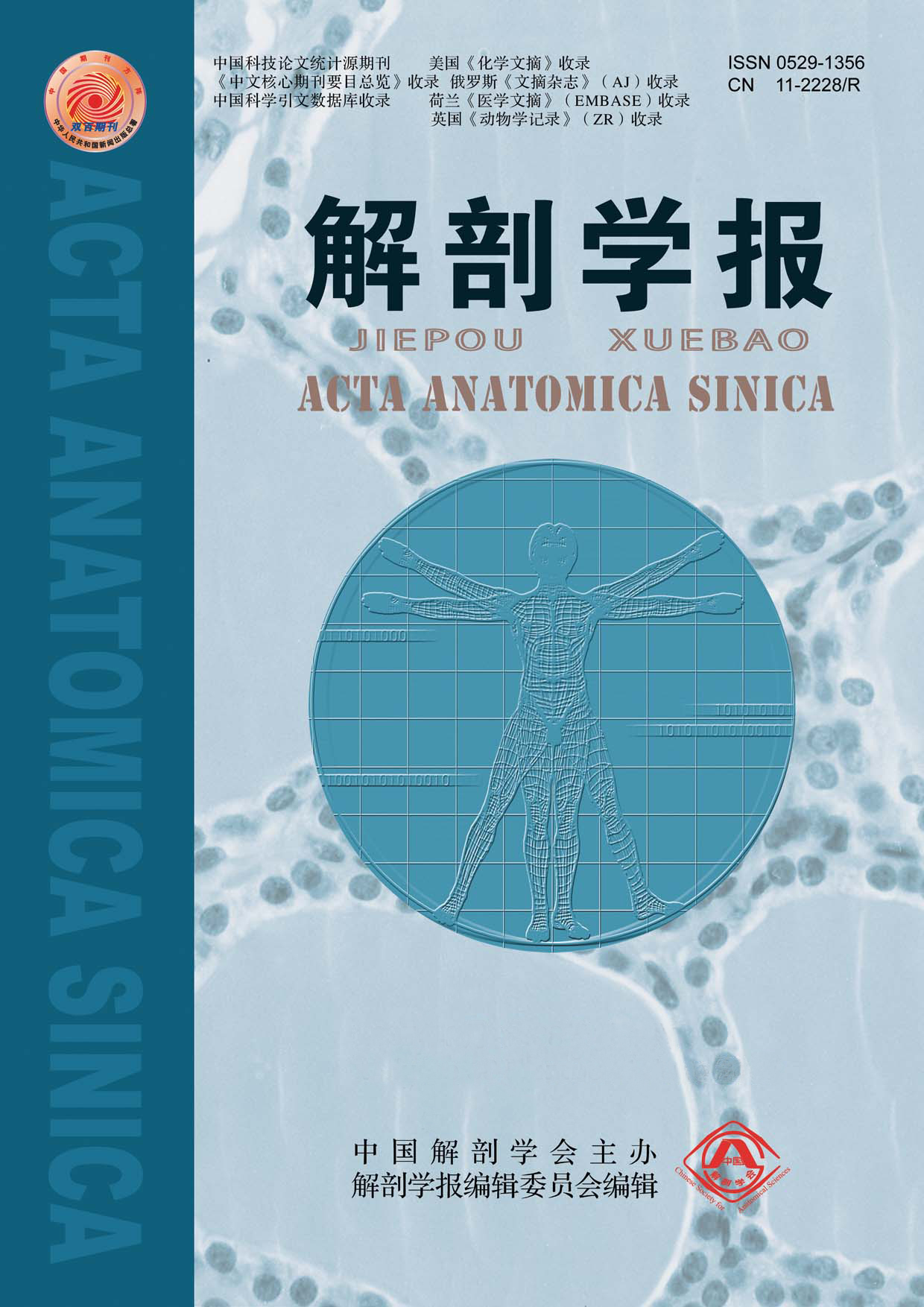Objective To investigate the effect of osteoblastderived exosome (Exo) mediating microRNA (miR)-494 on bone metabolism and bone remodeling balance in osteoporosis (OP) rats and its mechanism. Methods Exosomes was isolated and identified from MC3T3-E1 osteoblast cell line and transferred to Exo by electrical transfer. Forty SD rats were randomly divided into control, model, miR-494 mimic (miR-494), and miR-494 inhibitor group, 10 rats in each group. The ovaries were removed to construct the OP model except the control group. After modeling, the miR-494 group and miR-494 inhibitor group received tail vein injections of exosomes containing the corresponding miRNA, at a dose of 3×109 particles. Four weeks later, bone parameters were detected in each group of rats by Micro-CT, serum bone markers were measured by ELISA, pathological changes in bone tissue were observed by HE staining, osteoclast numbers were detected by tartrate-resistant acid phosphatase (TRACP) staining, and the expression levels of bone remodeling-related proteins and toll-like receptor 4(TLR4) pathway-related proteins were determined by Western blotting. Results Typical cup-shaped or round exosomes were successfully isolated with a diameter of about 100 nm from MC3T3-E1 cells, which contained CD63, CD9, tumor susceptibility gene 101(TSG101), heat shock protein 70(HSP70) proteins and can be taken up by MC3T3-E1 cells. Compared with the model group, the bone parameters of the rats in the miR-494 mimic group decreased, serum bone markers bone Gla protein (BGP), TRACP, C-terminal telopeptide of type Ⅰ collagen (CTX-Ⅰ) increased, osteoprotegerin (OPG), procollagen type Ⅰ N-terminal propeptide (PⅠNP) decreased, bone trabeculae structure was disordered, osteoclasts increased, bone morphogenetic protein 2(BMP-2), Runt related transcription factor 2(RUNX2) in bone tissue downregulated, receptor activator of nuclear factor kappa-B ligand (RANKL) upregulated, TLR4, nuclear factor kappa-B p65(NF-κB p65) and myeloid differentiation primary response 88(MyD88) upregulated (all P<0.05). In contrast, the situation of the miR-494 inhibitor group was opposite, bone parameters and OPG, PⅠNP increased, BGP, TRACP, CTX-Ⅰ decreased, bone structure returned to normal, osteoclasts decreased, BMP-2, RUNX2 in bone tissue upregulated, RANKL downregulated, TLR4, NF-κB p65 and MyD88 downregulated (all P<0.05). Conclusion The transfer of miRNA-494 by Exo aggravates abnormal bone metabolism in OP rats and inhibits bone remodeling balance, suggesting that the mechanism of action may be related to the regulation of TLR4 pathway.


